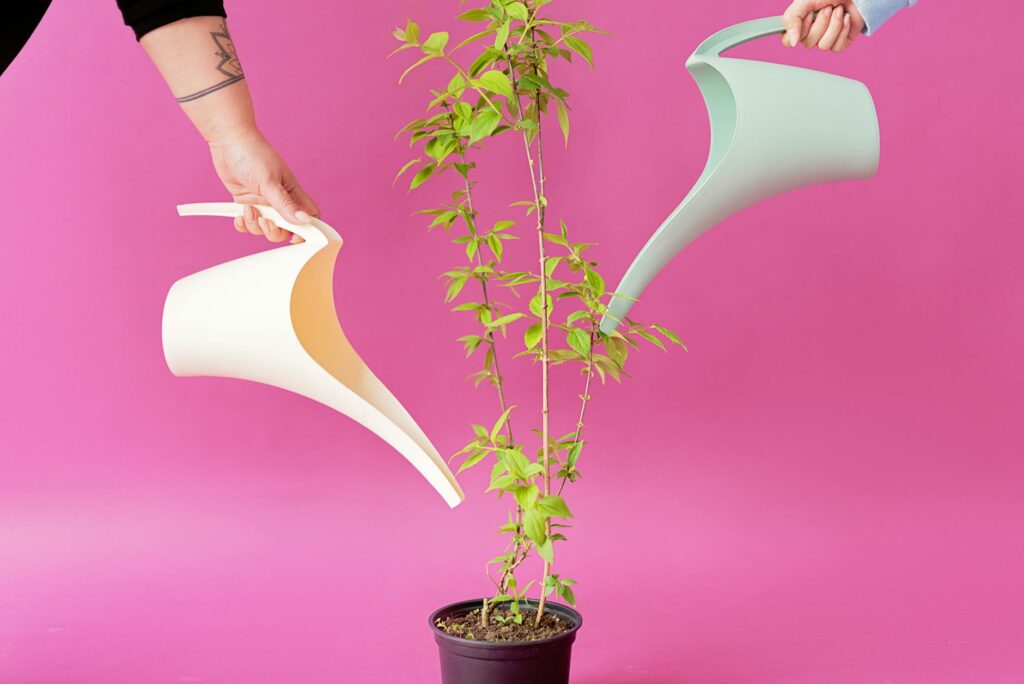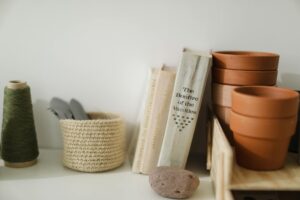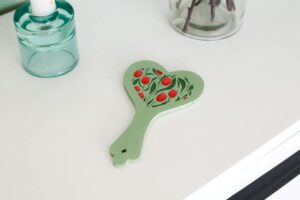Indoor Plant Care Basics: Master Light, Watering, Humidity and Repotting

Indoor plant care basics: master light, watering, humidity and repotting
Introduction
Indoor plants reward attention with greener leaves, better air quality and a calmer home. To keep them thriving you need more than occasional watering; the pillars of successful houseplant care are light, watering, humidity and repotting. This guide explains how these four factors interact, how to measure and adjust them, and practical techniques you can apply today. You will learn how to assess light in a room, match soil and watering methods to each plant’s needs, create suitable humidity levels without overdoing it, and repot at the right time and in the right way. Read on for actionable tips, troubleshooting signs and an easy reference table for common houseplants.
Understanding light and placement
Light is the primary driver of plant growth. Placing a plant in the wrong light causes slow growth, leggy stems, leaf drop or sunburn. First, identify the quality and quantity of light in each spot:
- Direction: South-facing windows give the most light; north-facing provide the least. East and west are moderate but differ in morning versus afternoon intensity.
- Intensity: Use a simple shadow test: a distinct sharp shadow means bright direct light; a soft shadow signals bright indirect light; little or no shadow means low light.
- Duration: Most houseplants need 6–12 hours of usable light. Light duration affects watering and humidity needs: more light means more water and often lower relative humidity around the plant.
When moving plants, acclimate them gradually over one to two weeks to avoid shock. Rotate pots every few weeks so light hits all sides evenly. If natural light is insufficient, supplement with full-spectrum LED grow lights placed at the recommended distance for the fixture and plant type.
Mastering watering and soil
Watering is the most common source of mistakes. Too little causes wilting and brown crispy edges; too much leads to yellowing, soft stems and root rot. The best approach is to match soil, pot and watering method to each plant’s preferences.
- Soil mix: Use a fast-draining mix for succulents and cacti, an all-purpose potting mix with added perlite or bark for most tropicals, and a moisture-retentive mix for ferns and some aroids.
- Pot choice: Unglazed terracotta speeds evaporation; plastic retains moisture. Use pots with drainage holes to prevent water accumulation.
- Watering techniques:
- Soak-and-dry: Water thoroughly until water drains, then allow the top layer (or the recommended depth) to dry before the next cycle. Works well for most houseplants.
- Bottom-watering: Place the pot in a tray of water and let roots absorb moisture for 10–30 minutes; good for plants sensitive to foliar issues.
- Consistent monitoring: Check moisture with the finger test, a wooden skewer, or a moisture meter—especially if you have mixed pot types and plant needs.
Adjust watering frequency seasonally: reduce in winter when growth slows, increase in spring and summer. Signs of overwatering include soft, brown roots and mold on the soil surface; underwatering shows as dry, brittle leaves, often starting at the tips.
Managing humidity and microclimates
Humidity affects transpiration, nutrient uptake and the likelihood of pests. Most tropical houseplants prefer 40–60 percent relative humidity. However, humidity needs link directly to light and watering: brighter, warmer spots dry out faster and raise the plant’s demand for moisture.
- Increase humidity without creating problems: Group plants to create a microclimate, use a pebble tray with shallow water, or run a humidifier on a low setting. Avoid constantly wet leaf surfaces to reduce fungal risk.
- Misting: Misting gives only a temporary benefit and can encourage fungal issues on dense-leaved plants. Use sparingly and mainly for orchids or plants that appreciate occasional leaf wetting.
- Monitor: A simple inexpensive hygrometer will tell you if adjustments are needed. Keep humidity stable rather than fluctuating daily.
Higher humidity can reduce watering frequency and influence soil choice—use mixes that retain slightly more moisture for very humid rooms. Conversely, in dry rooms, choose well-draining mixes to avoid prolonged dampness at the roots.
Repotting, soil health and long-term care
Repotting resets the root environment and often improves growth. How repotting ties back: light and humidity influence growth rate; faster growth may require more frequent repotting. Watering habits change after repotting because fresh soil drains differently.
- When to repot: Signs include roots circling the pot, water running straight through, visible roots on the surface, or slowed growth despite good light and feeding. Most fast growers need repotting every 12–24 months; slow growers and succulents every 2–4 years.
- How to repot: Choose a pot one size larger, gently loosen roots, replace about one third of the old soil with fresh mix, and water thoroughly after repotting. Avoid oversized pots as they can hold too much moisture.
- Soil and fertilizers: Use balanced slow-release fertilizer or dilute liquid feed during the active growing season. Flush salts every few months by watering thoroughly to leach built-up salts if you use tap water or frequent feeding.
- Pest and disease checks: Repotting is a good time to inspect for root rot, scale, mealybugs and spider mites. Treat issues promptly and isolate affected plants.
Document each plant’s repotting date, preferred mix and watering rhythm. That log will help you anticipate needs and avoid common mistakes.
Quick reference: common houseplants
| Plant | Light | Watering frequency | Humidity | Repotting interval |
|---|---|---|---|---|
| Snake plant (Sansevieria) | low to bright indirect | Every 3–6 weeks | Low | 2–3 years |
| Pothos (Epipremnum) | bright indirect | Every 1–2 weeks | Moderate | 1–2 years |
| Fiddle leaf fig | bright indirect | Weekly (check top inch of soil) | Moderate to high | 1–2 years |
| Peace lily | low to bright indirect | Weekly; keep soil lightly moist | High | 1–2 years |
| Succulents | bright direct to bright indirect | Every 2–4 weeks | Low | 2–4 years |
| Spider plant | bright indirect | Weekly | Moderate | 1–2 years |
Conclusion
Successful indoor plant care comes down to reading the environment and matching plant needs. Start by placing plants where light levels suit their species, then choose the right soil and pot to control water availability. Use practical watering methods—soak-and-dry, bottom-watering, and moisture meters—to avoid over- or under-watering. Manage humidity through grouping, trays or a humidifier while avoiding constantly wet foliage. Repot when roots show stress or growth slows, and remember repotting changes how a plant drinks and breathes. Monitor, take notes and make small, deliberate adjustments. With observation and these core techniques, you’ll prevent most problems and encourage steady, healthy growth in your indoor garden.
Image by: Mikhail Nilov
https://www.pexels.com/@mikhail-nilov




